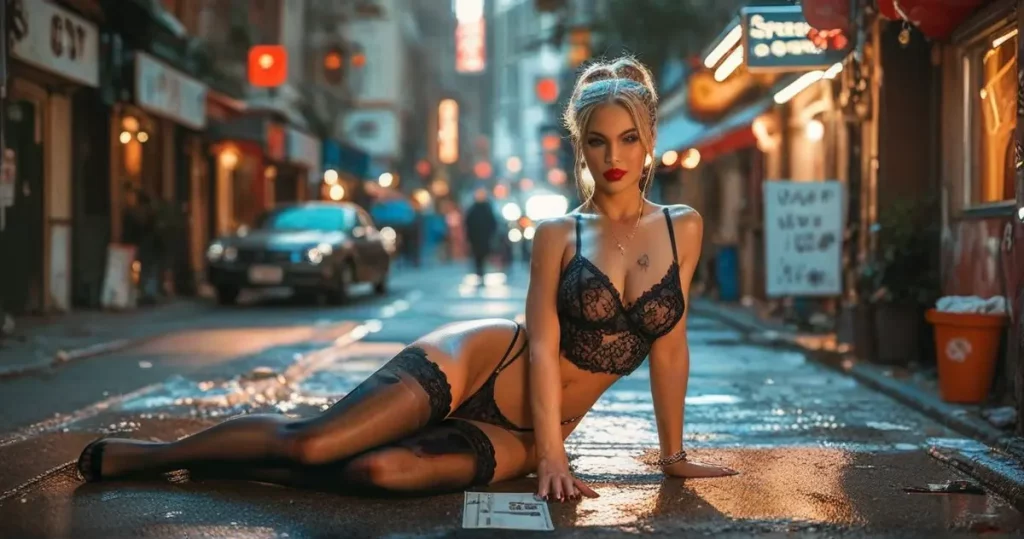Soho, a vibrant and eclectic neighborhood in London, has long been synonymous with artistic expression, nightlife, and cultural diversity. Among its most charming features are the walk-ups—those intimate, often narrow staircases leading to flats and studios that have housed artists, musicians, and dreamers for decades. These walk-ups are more than just physical structures; they encapsulate the spirit of a place that has witnessed countless stories unfold within its walls. However, as the tides of change wash over the area, one must wonder: do these walk-ups still exist, or have they become relics of a bygone era?
Echoes of the Past: Remembering Soho’s Iconic Walk-Ups
In the bustling heart of Soho, walk-ups once stood as bastions of creativity and community. They provided residents with a slice of privacy amid the chaos of city life, with their quaint staircases winding up to homes filled with art and laughter. The echoes of jazz music and bohemian gatherings resonate through these spaces, where the likes of famed writers and musicians once roamed. Each step taken on those wooden stairs could tell a story, a silent testament to the lives lived within.
Yet, as the years have passed, the allure of these iconic walk-ups has started to fade. With the rapid gentrification of Soho, many of the buildings that housed such vibrant histories are being transformed into luxury apartments and commercial spaces. The original charm of these walk-ups, which once welcomed artists and innovators, is being replaced by sleek, modern designs that often overlook the essence of what Soho truly represents. The nostalgia of walk-ups lingers, but will they continue to echo the past, or will they remain mere whispers in the winds of change?
The Heartbeat of Soho: Are Walk-Ups Fading Away?
The current landscape of Soho paints a stark picture; the heartbeat of the neighborhood seems to be slowing. Many locals lament the changes as businesses catering to tourists replace the small, independent shops that once thrived alongside walk-ups. The community that once thrived on collaboration and connection is now overshadowed by the pressures of commercialization. People often ask if there is still room for walk-ups in a future dominated by high-rises and chain retailers.
However, there are glimmers of hope that walk-ups still exist, albeit in a different form. Some building owners and residents are committed to preserving the charm and history of these spaces. Artists still find their homes within the walls of walk-ups, continuing the legacy of creativity that made Soho a sanctuary for artistic souls. While the landscape may be changing, the spirit of Soho is resilient, and as long as there are passionate individuals who cherish their roots, the walk-ups may continue to stand as a testament to the neighborhood’s rich cultural tapestry.
A Love Letter to Walk-Ups: Nostalgia in Every Staircase
For those who have walked the streets of Soho, the nostalgia tied to its walk-ups is palpable. Each staircase, worn and weathered, tells a story of countless footsteps echoing through the years, each carrying dreams, aspirations, and a sense of belonging. The creaks of the wooden steps beneath one’s feet resonate with memories of late-night conversations and the laughter of friends. It’s a love letter written in brick and mortar, an ode to the lives entwined within these intimate spaces.
In an era where change seems relentless, walk-ups remain a poignant reminder of the beauty found in simplicity. They symbolize a time when human connections were forged in the stairwells, and creativity flourished within the confines of a modest apartment. As we navigate a world that often prioritizes progress over preservation, we must hold onto the essence of these walk-ups, ensuring that they continue to inspire and nurture the artistic spirit that makes Soho extraordinary. Every staircase holds the promise of stories yet to be told, a beacon of nostalgia that will forever echo through the heart of Soho.
In conclusion, while the future of Soho’s walk-ups may feel uncertain, their legacy remains alive in the hearts of those who cherish them. They are more than just structures; they are repositories of memories, creativity, and community. As the neighborhood evolves, let us hope that the walk-ups continue to stand as a bridge connecting the past with the present, allowing future generations to experience the rich tapestry of life that has flourished within their walls. In a city that never sleeps, may these staircases continue to whisper the stories of those who came before us.
